Op-ed: 16 percent — Why having more faculty of color matters
Photo credit: Ella Frey '19
Three of the Archer faculty pages from recent yearbooks reveal a majority of white faculty and staff. According the school website, 16 percent of the faculty and state identify as people of color.
The population: 3,971,896 — 49 percent Latino or Latina, 28 percent white, 11 percent Asian, nine percent Black and three percent other. According to the Census Reporter, that is the racial composition of Los Angeles.
With an increasingly diverse population in the United States, education should be a place where the true makeup of society is represented. With a lack of diversity in the teaching staff, students do not have exposure to a variety of backgrounds that lead to tolerant understandings of race, gender, religion and other cultural factors.
A report released by the National Education Association said, “a teaching force that represents the nation’s racial, ethnic, and linguistic cultures and effectively incorporates this background and knowledge to enhance students’ academic achievement is advantageous to the academic performance of students of all backgrounds, and for students of color specifically.”
At Archer, only 16 percent of the faculty identify as people of color. While this statistic is low, Archer is not alone. Other independent schools in the Los Angeles area face similar statistics. At Campbell Hall, 28.6 percent of their faculty identify as people of color, and the Crossroads School for Arts & Sciences identifies as 31.5 percent of color. After researching both Harvard-Westlake School, Marlborough School, and Brentwood I was unable to find their percentages. It made me wonder if these schools have similarly low numbers.
The initial number of the diversity in faculty lead me to a simple question: At Archer, a school that values a curriculum encouraging a diverse and inclusive community, why is it only 16 percent?
Archer Upper School Director Samantha Coyne-Donnel said Archer is working to address this problem.
“I think what we have realized specifically this past year is that we needed to be more strategic and thoughtful about reaching out to more diverse communities and diverse teacher recruitment pools in order to increase the diversity at Archer,” Coyne-Donnel said.
Archer is also hiring a Dean of Diversity and Inclusion to provide leadership in diversity, equity, and inclusion. They are pursuing a candidate that understands diversity issues and displays knowledge of inclusive teaching practice with multi-cultural education experiences.
 Fitness teacher and Black Student Union adviser Amelia Mathis is glad Archer is addressing this because she believes the faculty at Archer could be more racially diverse.
Fitness teacher and Black Student Union adviser Amelia Mathis is glad Archer is addressing this because she believes the faculty at Archer could be more racially diverse.
“I think that there is diversity in terms of teaching styles, gender and sexuality. But when it comes to racial diversity I feel that there is not enough representation,” Mathis wrote in an email.
According to a study done at the U.S Department of Education, throughout the 2012-13 school year, only 25 percent of individuals enrolled in teacher preparation programs were people of color.
Mathis described how it is also difficult to recruit faculty of color due to the notion within the African American community that you should be helping your own.
“When I was talking to several black teachers they said, ‘Don’t you feel guilty not helping your own community?” Mathis wrote. “You are in a very privileged area, with a lot of successful families, don’t you want to give back to the community that isn’t as successful?”
“I also feel that purpose is important especially with faculty of color in independent schools, who often wonder if we are hired for our teaching or the color of our skin,” Mathis wrote. “I know that it is super important to Archer and the school recognizes that this is an area of growth, which is why we are actively looking to hire a Dean of Diversity and Inclusion.”
As a young girl growing up in a world that condones fear of people’s differences, I hope the place where we are supposed to feel safest allows us to question the outside world without judgment and further explore why differences make America truly great. Students and teachers should evaluate the impact that diversity has on education and the advancement of equality and commit to a racially diverse faculty.
Although Archer can improve on their diversity, I appreciate that they understand the importance of fostering an environment of inclusivity. I look forward to seeing the 16 percent grow.

Ella Frey joined the Oracle writing staff in 2016 and was promoted to sports editor junior year. She currently serves as the news and features editor....





![Freshman Milan Earl and sophomore Lucy Kaplan sit with their grandparents at Archer’s annual Grandparents and Special Friends Day Friday, March 15. The event took place over three 75-minute sessions. “[I hope my grandparents] gain an understanding about what I do, Kaplan said, because I know they ask a lot of questions and can sort of see what I do in school and what the experience is like to be here.](https://archeroracle.org/wp-content/uploads/2024/03/grandparents-day-option-2-1200x800.jpg)










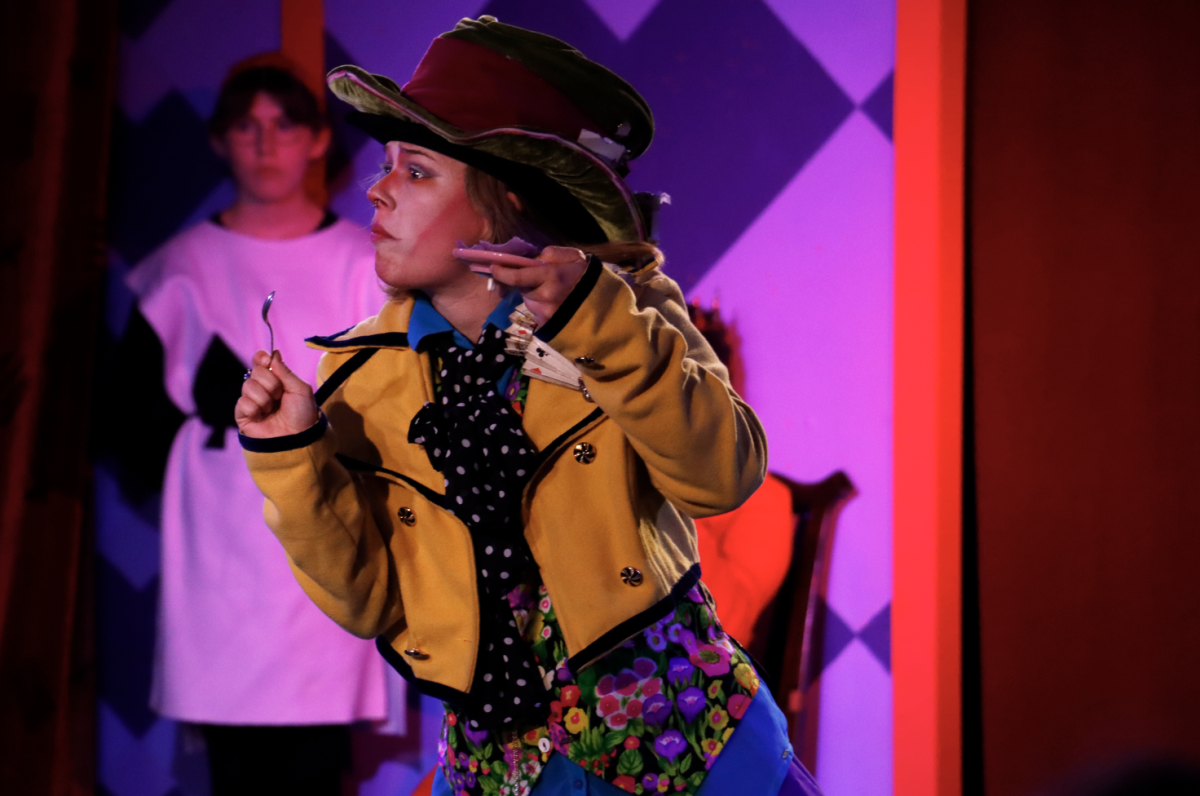








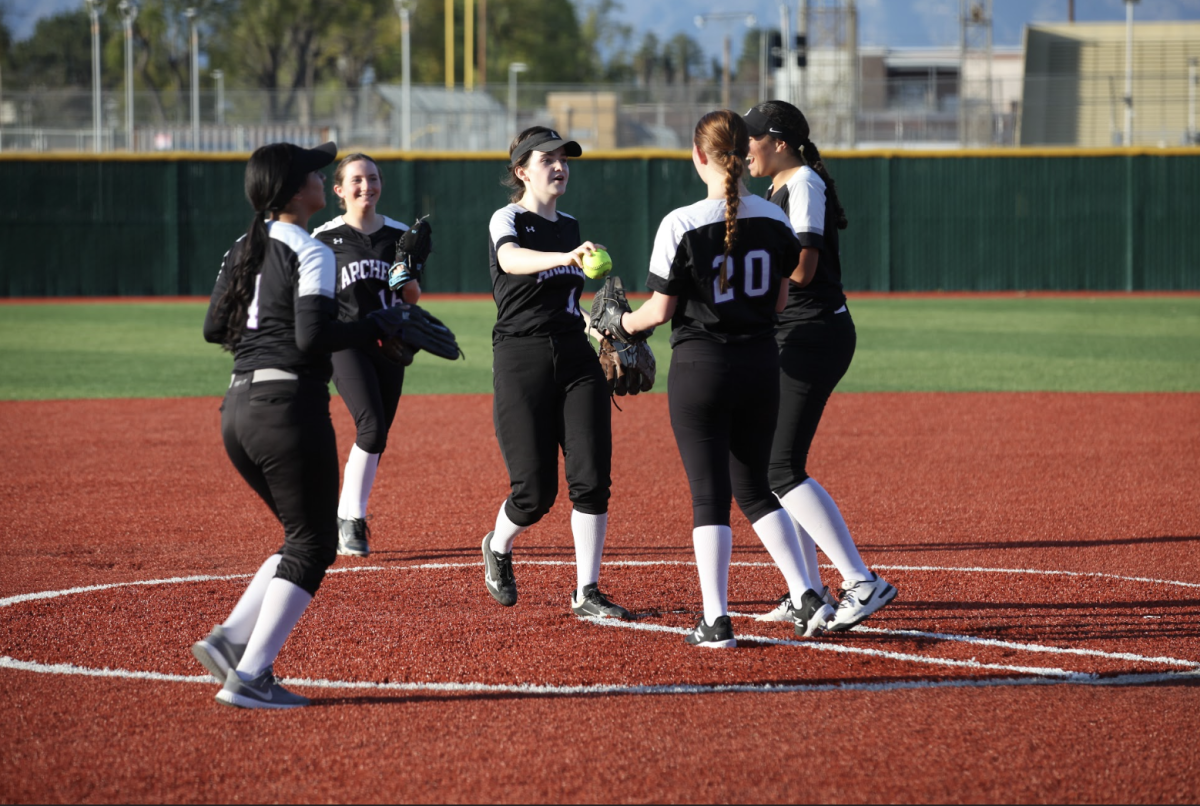
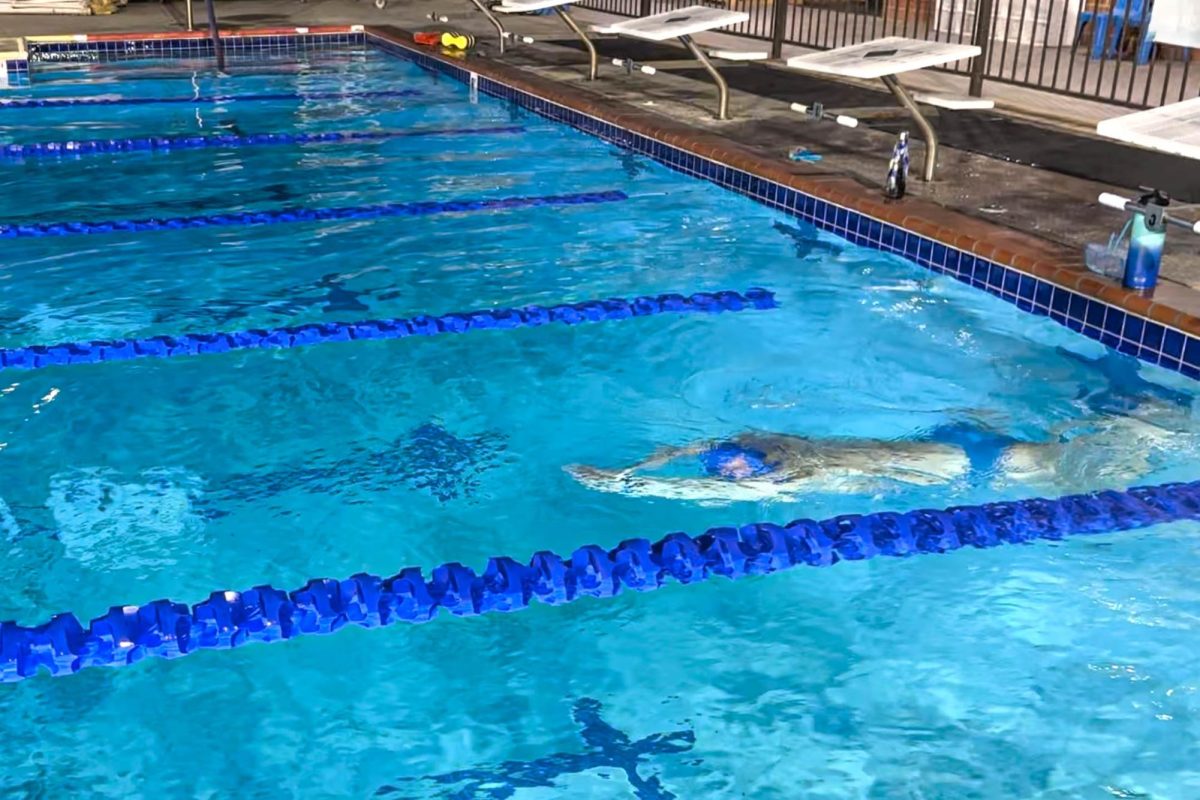
























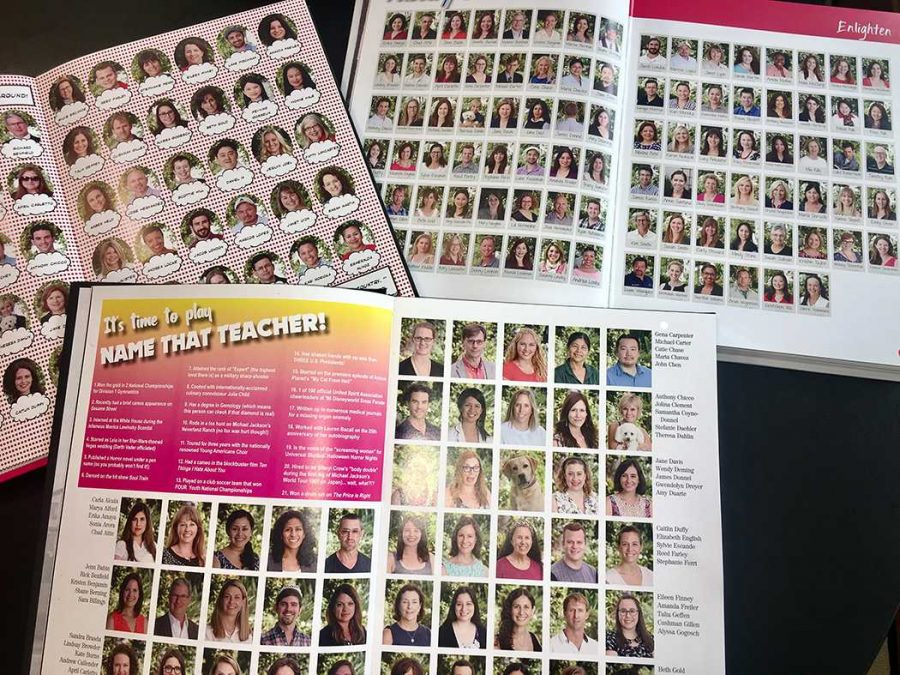

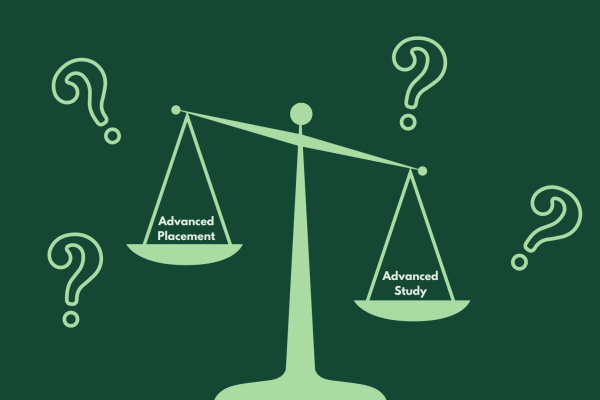

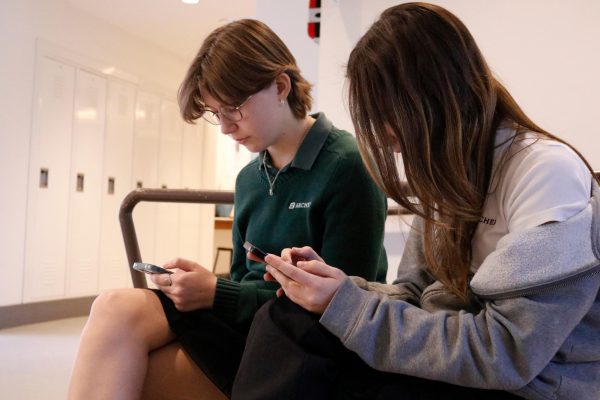



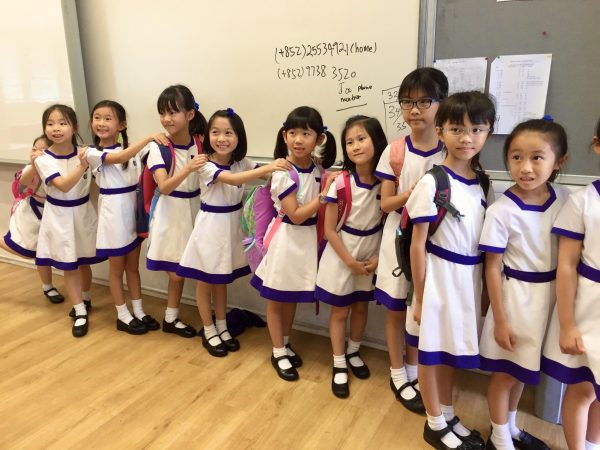

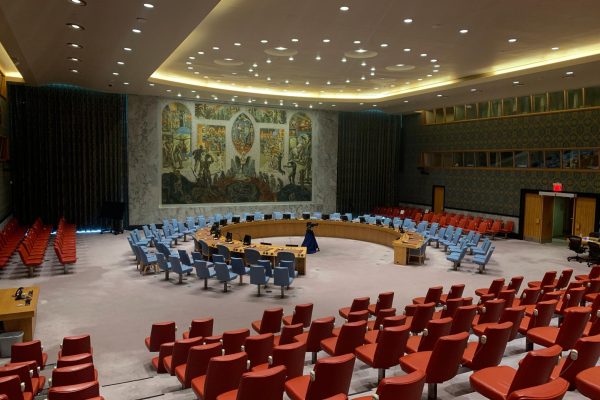
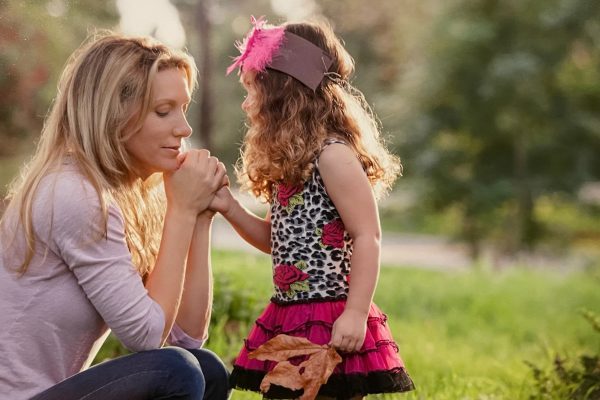

Dominique Cadenas • Apr 27, 2017 at 10:28 am
It’s so interesting that this past year Archer has decided to focus on this issue, when its certainly always been an issue. Great article Ella!